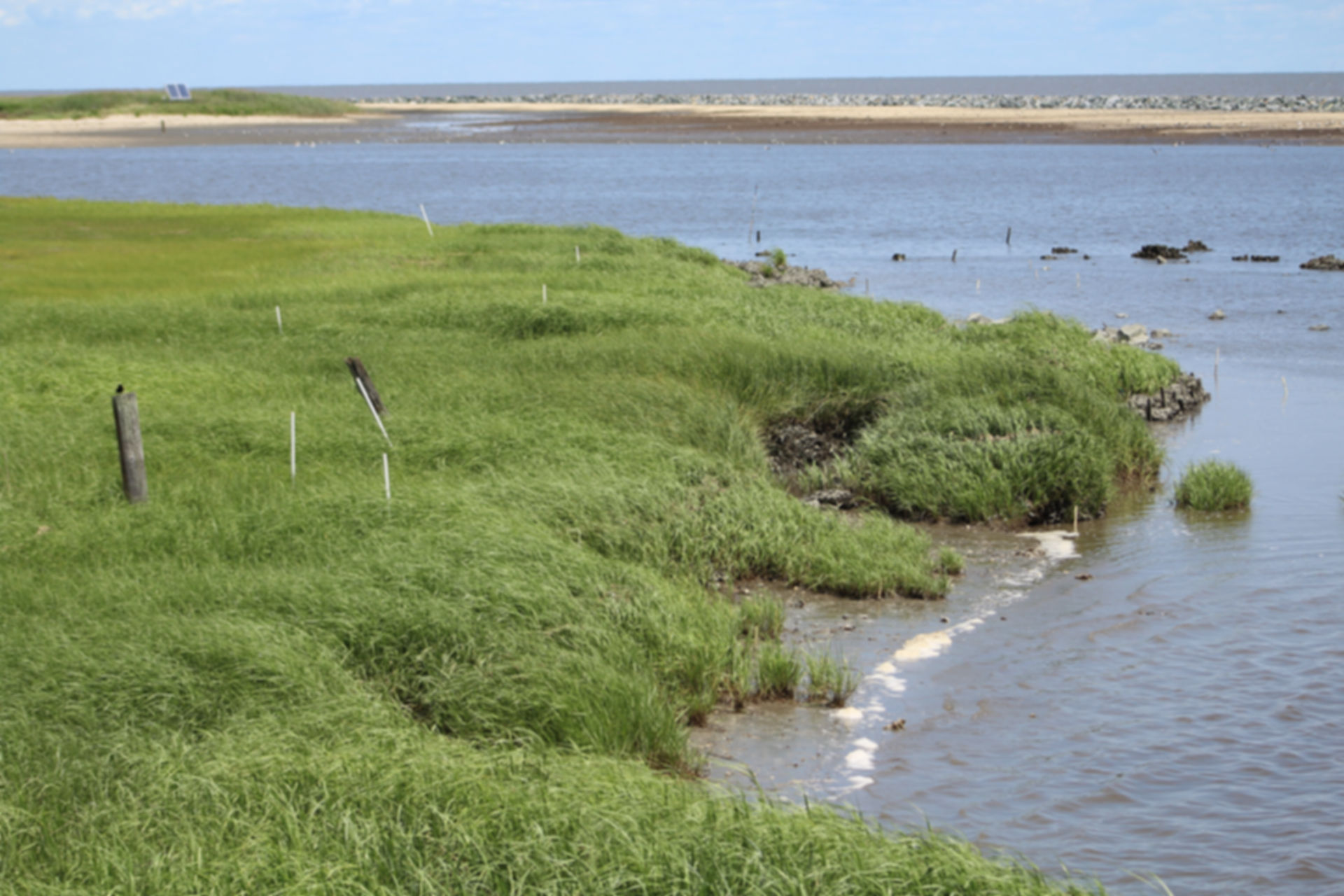It has been about one year since the Bipartisan Infrastructure Investment and Jobs ACT (IIJA) was signed into law by President Biden on late 2021. Included in the act was $1.2 trillion federal infrastructure investments planned over a five-year period. Since last November, there has been a combination of new and established programs to fulfill this plan. Many of the projects are focused on bridges, roads, coastal resilience, electric vehicles, environmental justice, clean energy, clean water, and many more focus areas for funding. Delaware has seen its fair share of the IIJA funding, including $750 million in infrastructure project funding in 2022 with much more to follow.
Some of the most significant developments arising from the Bipartisan Infrastructure Law include the Clean School Bus Program, Clean Water and Drinking Water State Revolving Funds, and funding for resilience projects that protect our natural ecosystems. The EPA’s Clean School Bus program will provide $5 billion over the next five years and will replace present school buses with those that are modeled to produce zero-emissions or low-emissions. Throughout 2022, the EPA collected rebate applications for $500 million as the first funding opportunity. The Delaware Department of Education (DDOE) was granted $809,000 to acquire these upgraded buses for the first round of this funding.
Delaware is also well on its way to growing electric vehicle charging infrastructure funded by the IIJA. The state plans to locate up to 11 electric vehicle charging stations along major travel routes over the next five years.
The EPA also administered the Clean Water State Revolving Fund (CWSRF) for $14.65 billion over five years. This funding targets wastewater and water quality projects. Delaware was given seven grants by the EPA that will protect public health and restore water quality, including almost $9 million in funding for water infrastructure projects. The Drinking Water State Revolving Fund (DWSRF) provided about $18 million in funding to Delaware as well. Some of the most substantial resilience funds in Delaware have been the PROTECT Formula [FY22] which provides almost $6 million and the Flood Control and Coastal Emergencies Fund that provides $7 million.
In addition to these and other IIJA funding opportunities, there are also supports for local governments to access IIJA funding including:
• The UD GAP program: The University of Delaware’s Institute for Public Administration has created a grant assistance program. Local governments in Delaware can explore this program for more research and communications regarding grant opportunities. The program can also help with developing municipal projects, writing and submitting grant applications, and providing grant-based training opportunities. The IPA hosts virtual hours as well as scheduled appointments to help assist you in the process of applying for grants.
• RASCL Office Hours: RASCL is a great resource for more information about programs and funding opportunities. You can attend their coffee hours to connect with the local community and stakeholders. Discussions are held to provide an opportunity to ask questions and network with others. If you are seeking information about resilience programs and more information on the Bipartisan Infrastructure Law, you can contact a RASCL member that can answer your questions.
These are only a handful of the advancements made in the past year. A considerable amount of progress has been made since the signing of the IIJA and there will be much more to come in future four years.
**
Sources: TNC IIJA briefings, State of Delaware, UD Gap Program, RASCL and National Governor’s Association.

